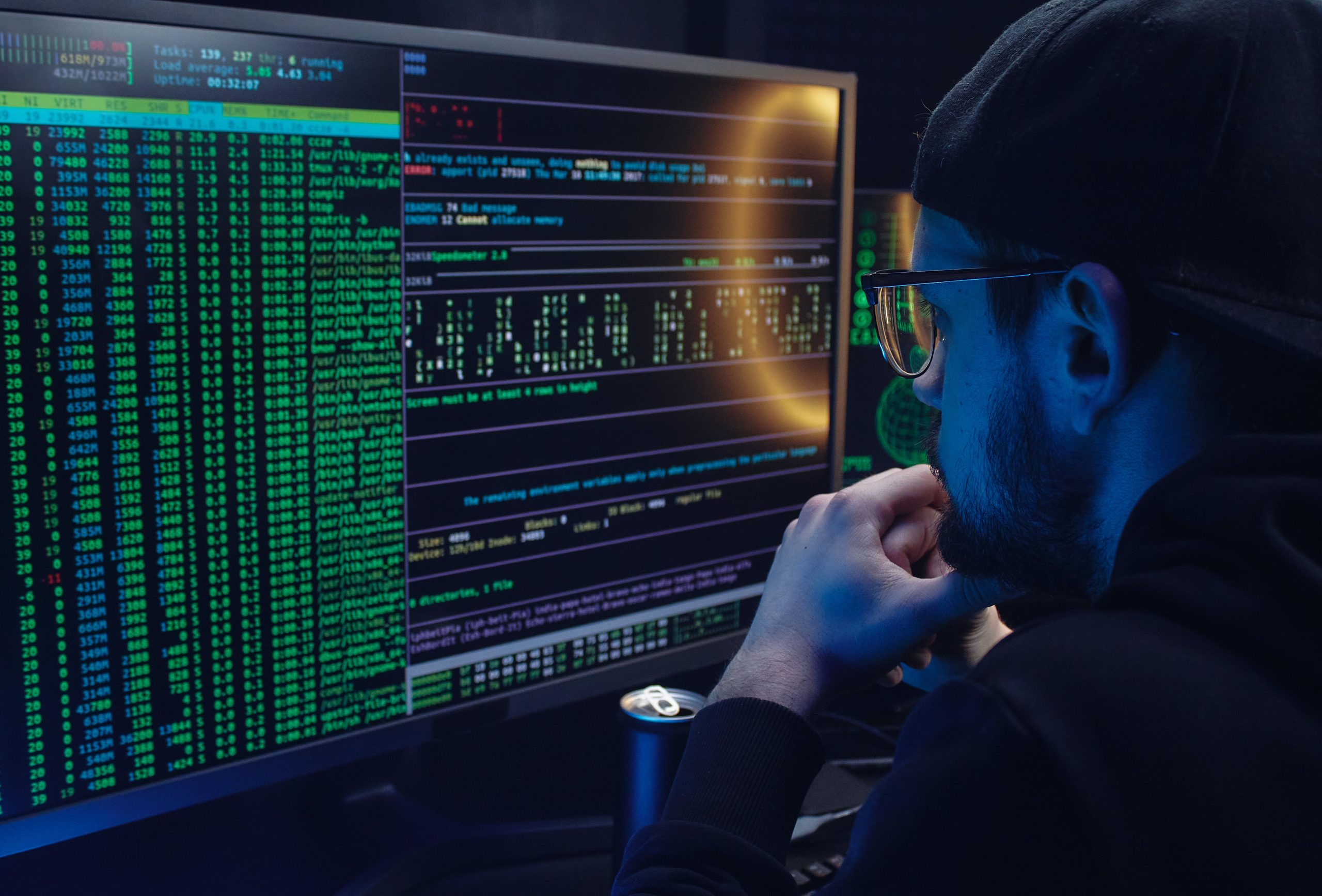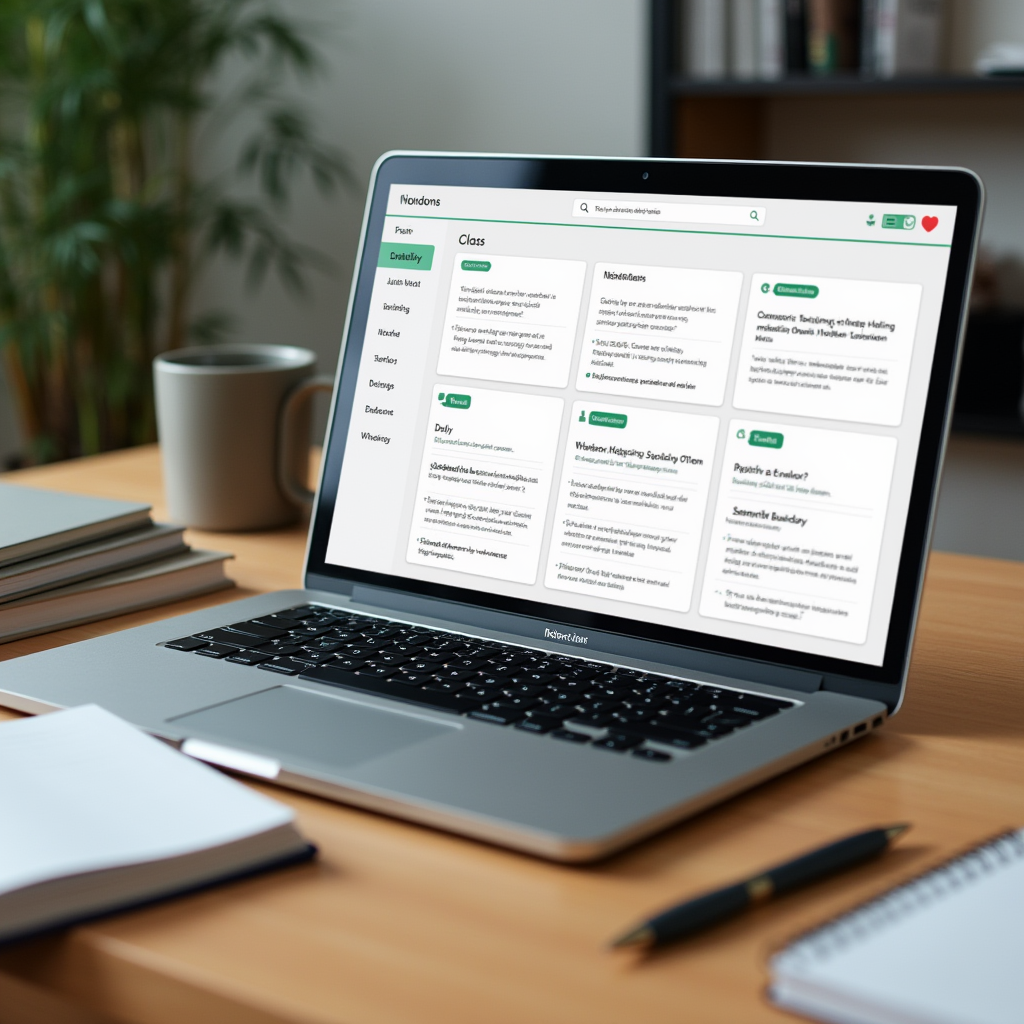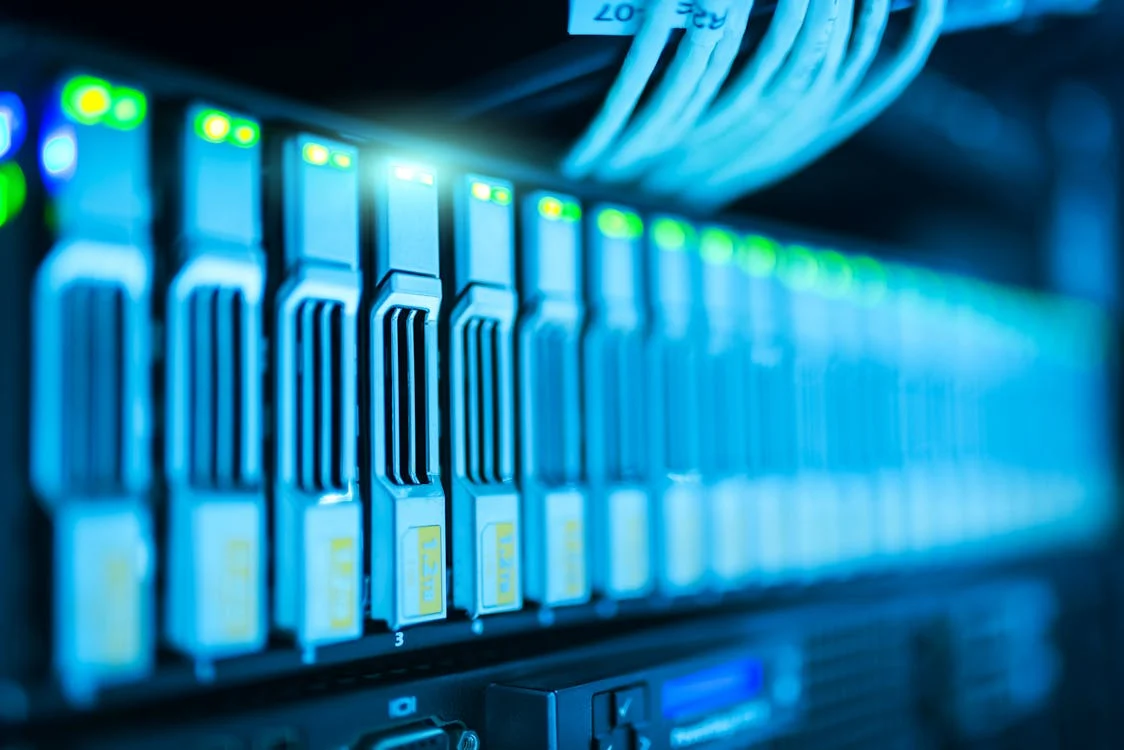In today’s digital age, ensuring online safety and security is of paramount importance. With the emergence of the Dark Web and the increasing sophistication of cyber threats, it is crucial to take necessary measures to protect ourselves and our sensitive information. This article aims to provide you with a comprehensive guide on staying safe online by exploring the top seven security measures to avoid the Dark Web. From creating strong passwords to understanding the significance of two-factor authentication, securing your devices, practicing safe browsing, encrypting data, and safeguarding financial transactions, we will equip you with the knowledge and tools needed to navigate the digital landscape with confidence and peace of mind. To read more about Tech visit.
1. Introduction to the Dark Web and Online Security Threats
1.1 What is the Dark Web?
The Dark Web. It sounds mysterious, sinister, and maybe even a little bit exciting. But what exactly is it? Well, think of the internet as an iceberg. The surface web, where we normally browse, is just the tip of that iceberg. Beneath the surface lies the deep web, which includes things like password-protected websites and private databases. And then, there’s the Dark Web – a hidden, encrypted network that can only be accessed using special software. It’s a place where anonymity reigns, and unfortunately, that anonymity attracts all sorts of unsavory characters.
1.2 Understanding Online Security Threats
Now that we have an idea of what the Dark Web is, let’s talk about the security threats it brings. The Dark Web is a hotbed for illegal activities, including the sale of stolen personal information, credit card details, drugs, weapons, and even hiring hackers for nefarious purposes. It’s a playground for criminals looking to exploit weaknesses in your online security.
But the danger isn’t limited to the Dark Web alone. In our everyday internet use, we are all vulnerable to various threats, such as phishing scams, malware, and identity theft. That’s why it’s crucial to take proactive measures to protect ourselves and stay safe online.
2. Strong and Unique Passwords: The First Line of Defense
2.1 Importance of Strong Passwords
We’ve all heard it before – use strong passwords! But why is it so important? Well, think of your password as the lock on your front door. A weak password is like having a flimsy lock that can easily be picked, while a strong password is like having a sturdy lock that keeps the bad guys out.
Your password is often the first line of defense in protecting your online accounts. If it’s easy to guess or crack, hackers can gain access to your sensitive information, like your bank details or personal emails. Therefore, it is essential to create strong, one-of-a-kind passwords for each account.
2.2 Tips for Creating Strong and Unique Passwords
Creating strong and unique passwords doesn’t have to be a daunting task. Here are a few tips:
– Use both uppercase and lowercase letters, numbers, and special characters in your text.
– Don’t use information that people can easily guess, like your name, birthdate, or even the word “password.”
– Make it lengthy. The more drawn out the secret phrase, the harder it is to break.
– Use a password manager to securely store and generate unique passwords for each of your accounts.
Remember, using the same password for multiple accounts is like using the same key for all your locks – if one account gets breached, all of your accounts are at risk.
3. Two-Factor Authentication: Adding an Extra Layer of Security
3.1 What is Two-Factor Authentication?
Two-Factor Authentication (2FA) adds an extra layer of security to your online accounts. It works by requiring two different forms of identification to log in – typically something you know (like your password) and something you have (like your smartphone).
This second factor, often a temporary verification code sent via text message or generated by an authentication app, adds a significant barrier for attackers. Even if someone manages to obtain your password, they would also need access to your physical device to log in successfully.
3.2 Setting Up Two-Factor Authentication
Setting up 2FA is relatively simple, and many online services offer this feature. To enable it, go to your account settings, find the 2FA option, and follow the instructions provided. You’ll typically need to provide your phone number or scan a QR code with an authentication app, like Google Authenticator or Authy, to link your account with your device.
Remember, an extra step during login may be slightly inconvenient, but the added security is well worth it.
4. Secure Your Device: Updates, Antivirus, and Firewalls
4.1 Importance of Keeping Your Device Updated
We all know those pesky software update notifications that pop up on our devices. While it might be tempting to ignore them or postpone them indefinitely, keeping your device updated is crucial for your online security. Software updates often include important security patches that fix vulnerabilities that attackers can exploit. So, don’t procrastinate – update your device as soon as those notifications appear.
4.2 Choosing and Installing Reliable Antivirus Software
Antivirus software is like a superhero guardian for your device. It scans for and detects malicious software, preventing it from wreaking havoc on your system. Choose a trusted antivirus software and keep it up to date. Run regular scans to ensure your device remains free from malware and other threats.
4.3 Utilizing Firewalls for Enhanced Security
Think of a firewall as the bouncer at the entrance of a club. It monitors incoming and outgoing network traffic, deciding who gets in and who gets blocked. By configuring and enabling a firewall, you add an extra layer of protection to your device or network, controlling what connections are allowed and keeping potential threats out.
Don’t skimp on these security measures – keeping your device secure is vital to avoid falling into the clutches of the Dark Web’s dangers.Stay Safe Online: Top 7 Security Measures to Avoid the Dark Web
5. Avoid Suspicious Websites and Links: Safe Browsing Practices
5.1 Recognizing Suspicious Websites and Links
We’ve all stumbled upon websites that give us a bad feeling. You know, the kind of sites that make you question whether your computer will catch a virus just by looking at them. Well, trust your gut! Recognizing suspicious websites and links is a crucial step in staying safe online.
If a website has a URL that looks like it was put together by a toddler banging on a keyboard, proceed with caution. Typos, excessive hyphens, or weird domain extensions should raise some red flags. Additionally, if the site is littered with pop-up windows and ads that seem to multiply with each click, you might want to click away.
When it comes to links, be wary of those that arrive unexpectedly in your inbox or social media messages. If a long-lost cousin suddenly sends you a link promising a free vacation, it’s probably too good to be true. Be especially cautious if the link takes you to a website where you need to enter personal information or download suspicious files.
Remember, when in doubt, choose not to click. Your computer and your cyber-safety will thank you.
5.2 Safe Browsing Practices to Avoid Phishing and Malware
Phishing and malware are like the sneaky con artists of the internet. They disguise themselves as innocent websites or links, waiting to trap unsuspecting victims. But fear not, dear reader, for there are ways to outsmart these virtual tricksters.
First and foremost, keep your browser and antivirus software up to date. These digital superheroes constantly improve their powers to shield you from potential threats. Enable automatic updates, and let them work their magic.
Another tip is to look out for that little padlock icon in the address bar. When you see it, it means that the website you’re visiting has an SSL (Secure Sockets Layer) certificate. This adds an extra layer of protection to your data, making it harder for hackers to intercept.
Furthermore, always make sure that the websites you enter personal information on have an “https” at the beginning of the URL. The “s” stands for secure, and it’s a good sign that your data will be transmitted safely.
Remember, safe browsing practices are like wearing a virtual seatbelt. They might feel unnecessary until something goes wrong, so buckle up and enjoy your cyber journey with peace of mind.
6. Encrypt Your Data: Protecting Personal and Sensitive Information
6.1 The Importance of Data Encryption
Imagine a world where your private messages, financial details, and sensitive information are like secrets written in a language only you and your trusted allies can understand. Well, that’s the power of data encryption.
Data encryption scrambles your information into an unreadable format, making it useless to anyone without the decryption key. It’s like turning your data into a secret code that only you and those you share it with can decipher. This makes it incredibly difficult for cybercriminals to get their hands on your valuable information.
Whether you’re sending an email or storing files on your computer, encrypting your data should be a priority. It’s like wrapping your digital belongings in a shroud of invisibility, keeping them safe from prying eyes.
6.2 Encrypting Your Data: Tools and Techniques
Encrypting your data doesn’t require the skills of a tech genius. There are plenty of user-friendly tools and techniques available to protect your personal and sensitive information.
For starters, check if the websites you use regularly have built-in encryption options. Many online platforms now offer end-to-end encryption, ensuring that your messages and data are only accessible to the intended recipients.
When it comes to data storage, consider using encrypted cloud services or external hard drives that offer automatic encryption features. These secure storage options will give you extra peace of mind, knowing that your data is shielded from unauthorized access.
If you’re feeling adventurous and want to take encryption into your own hands, there are also software programs available that allow you to encrypt individual files and folders on your computer. Just be sure to choose a strong password or passphrase to keep those cybercriminals at bay.
So, don your virtual cloak of invisibility and encrypt your data. Your secrets will be safe, and you’ll have the upper hand in the battle against cyber threats.
7. Be Cautious with Online Transactions: Safeguarding Financial Details
7.1 Understanding the Risks of Online Transactions
Ah, the convenience of online shopping and banking. With just a few clicks, you can have a new outfit on its way or pay bills without leaving your couch. But before you get carried away with retail therapy or financial wizardry, it’s important to understand the risks associated with online transactions.
Cybercriminals are constantly lurking, waiting for an opportunity to intercept your financial details. From credit card fraud to identity theft, the hazards are real. Phishing emails, fake websites, and compromised Wi-Fi networks are some of the tricks they use to grab your sensitive information.
7.2 Secure Online Transaction Practices
Fear not, brave online shopper, for there are ways to protect yourself and your hard-earned money. Secure online transaction practices are like virtual shields that keep your financial details away from the prying eyes of cybercriminals.
First and foremost, ensure that the website you’re transacting on is trustworthy. Look for well-known brands, check if they have secure payment options, and read reviews from other customers.
When it comes to entering your payment information, make sure you’re on a secure connection. Avoid using public Wi-Fi networks for banking or shopping, as they can be a breeding ground for cybercriminals. Instead, opt for a private, password-protected network or use your mobile data.
Additionally, consider using digital payment services like PayPal or secure credit cards that offer one-time-use numbers for online purchases. This way, even if your information falls into the wrong hands, it will be useless to them.
And finally, keep a watchful eye on your financial statements. Regularly check your bank statements and credit card bills for any suspicious activity. The sooner you catch something fishy, the quicker you can take action to minimize any potential damage.
By adopting these secure online transaction practices, you can shop and bank with confidence, knowing that your financial details are safe and sound.
Remember, staying safe online doesn’t have to be a daunting task. With a little knowledge, some precautions, and a splash of common sense, you can navigate the digital world like an online superhero, cape optional. So, get out there, stay safe, and let your cyber-adventures begin!
By implementing these top seven security measures, you can significantly reduce the risks associated with the Dark Web and online security threats. Remember, staying safe online is an ongoing process that requires vigilance and proactive steps. Regularly updating your knowledge on emerging threats and staying informed about the latest security practices is essential. By prioritizing your online security, you can enjoy the benefits of the digital world while keeping your personal information and digital assets secure. Stay vigilant, stay informed, and stay safe.
FAQ
1. What is the Dark Web, and why should I be concerned about it?
The Dark Web refers to the hidden part of the internet that is not indexed by search engines and requires specific software to access. It is notorious for illegal activities, such as the sale of stolen data, drugs, and weapons. While the Dark Web itself may not directly impact most individuals, it serves as a reminder of the importance of online security and the need to protect our personal information from falling into the wrong hands.
2. Do I really need to use two-factor authentication?
Yes, using two-factor authentication adds an extra layer of security to your online accounts. It provides an additional step for verifying your identity, typically requiring you to enter a temporary code sent to your mobile device or generated by an authenticator app. This greatly enhances the security of your accounts by making it significantly harder for hackers to gain unauthorized access even if they manage to obtain your password.
3. Why is data encryption important, and how can I implement it?
Data encryption is crucial for protecting your personal and sensitive information from unauthorized access. Encryption converts your data into a coded format that can only be deciphered with the correct encryption key. To implement data encryption, you can use various tools and techniques such as using encryption software, employing secure messaging apps that offer end-to-end encryption, and utilizing encrypted cloud storage services.
4. How can I ensure the security of my online transactions?
To safeguard your financial details during online transactions, it is essential to follow certain practices. Firstly, ensure that the website you are transacting on is secure by checking for a padlock symbol in the address bar and using trusted payment gateways. Additionally, avoid conducting financial transactions over public Wi-Fi networks, regularly monitor your bank statements for any suspicious activity, and consider using virtual credit cards or digital wallets for an added layer of security.











